Internet User Characteristics
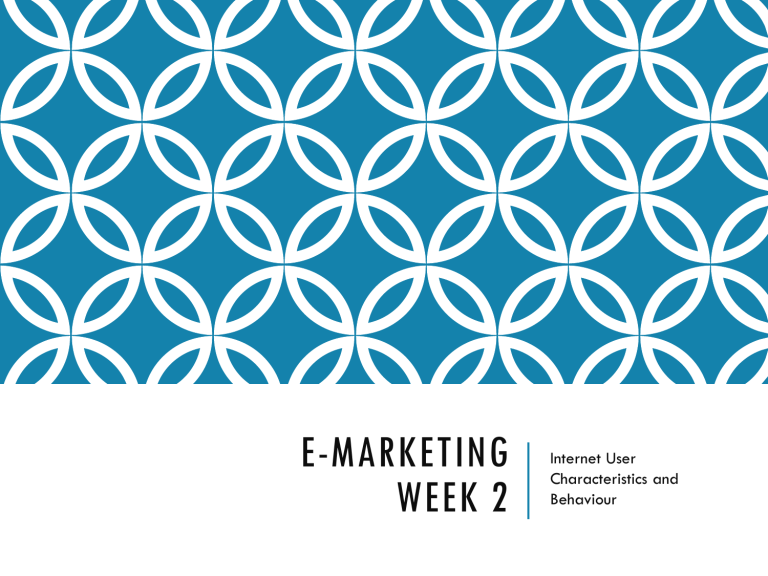
E-MARKETING
WEEK 2
Internet User
Characteristics and
Behaviour
OBJECTIVES
Discuss general statistics about the Internet population.
Describe the Internet exchange process and the technological, social/cultural and legal context in which consumers participate in this process.
Outline the broad individual characteristics and consumer resources that consumers bring to the online exchange.
Highlight the four main categories of outcomes that consumers seek from online exchanges.
7-2
THE CUSTOMER’S STORY
A typical one-hour adventure in the life of a 25year-old professional, Justin:
Listens to a podcast on his mobile phone while his TV is tuned to a soccer game and his PC is within reach.
Picks up his computer to find a blog mentioned during the podcast, sees a video on the blog and texts a friend about the video.
7-3
THE CUSTOMER’S STORY, CONT.
Justin searches for the video title on
Google and finds a job posting on
Vimeo, an online video-posting site.
He posts a link to the video and Vimeo site to his Twitter stream.
Justin is the new consumer: a multitasker attending to different media simultaneously.
How can a marketer capture dollars from these behaviors?
7-4
CONSUMERS IN THE
21 ST CENTURY
76% of U.S. consumers use the Internet.
Less connected groups tend to be:
Older
Less educated
In ethnic minority groups
Childless
Rural
Lower income
7-5
CONSUMERS IN THE
21 ST CENTURY, CONT.
In 2013, 39% of the global population had access to the Internet, roughly 2.7billion ppl out of 7.1billion ppl.
Internet usage in developed nations has reached a critical mass, leading marketers to ask more questions about consumer behavior on the Internet.
7-6
INTERNET REACHES MATURITY: 1995-
2010
7-7
7-8
THE INTERNET EXCHANGE PROCESS
Exchange is a basic marketing concept.
It refers to the act of obtaining a desired object by offering something in return.
Exchange occurs within the following contexts:
Technological
Social/cultural
Legal
7-9
THE ONLINE
EXCHANGE PROCESS
7-10
TECHNOLOGICAL CONTEXT
70% of online Americans connect to the Internet at home with broadband.
Broadband users enjoy more multimedia games, music, and entertainment than do those accessing from a mobile device or 56K modem.
The typical U.S. home has 26 different electronic devices for media and communication.
7-11
U.S. DAILY MEDIA USE
7-12
7-13
SOCIAL AND CULTURAL CONTEXTS
The cornerstones for attracting customers online:
Reputation
Relevance
Engagement
7-13
ENGAGING CUSTOMERS
7-14
LEGAL CONTEXT
Despite piracy laws, illegally used software abounds.
In spite of the Can-Spam law, the number of unsolicited emails has increased.
However, when the recording industry sued illegal music file downloaders, consumer behavior changed.
In 2002, 37% of online consumers shared music files.
Only 23% shared files in 2004.
7-15
INDIVIDUAL CHARACTERISTICS
& RESOURCES
Individual characteristics affect Internet use.
Demographics such as age, income, education, ethnicity, and gender.
Attitudes toward technology.
Online skill and experience.
Goal orientation.
7-16
CONSUMER RESOURCES
Consumers perceive value as benefits minus costs.
These costs constitute a consumer’s resources for exchange:
Monetary cost
Time cost
Energy and psychic costs
7-17
7-18
U.S. COMBINED HOME/WORK INTERNET USAGE
7-18
EXCHANGE OUTCOMES
There are 5 basic things that people do online:
Connect
Create
Enjoy
Learn
Trade
Each is ripe with marketing opportunity.
7-19
7-20
CONNECTING ONLINE IN THE U.S.
7-21
CREATING & UPLOADING CONTENT IN THE
U.S.
7-22
ENTERTAINMENT ONLINE
IN THE U.S.
7-23
TOP 10 SEARCH TERMS
FOR 2013
From Google:
1. Nelson Mandela
2. Paul Walker
3. iPhone 5S
4. Cory Monteith
5. Harlem Shake
6. Boston Marathon
7. Royal Baby
8. Samsung Galaxy S4
9. PlayStation 4
10.North Korea
7-24
LEARNING AND GETTING INFORMATION
7-25
TRADING ONLINE
IN THE U.S.
7-26
WHAT ABOUT SOUTH EAST ASIA?
Malaysia, Indonesia, Philippines, Singapore 7-27
7-28
7-29
7-30
7-31
7-32
7-33
7-34
7-35

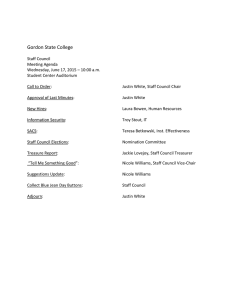
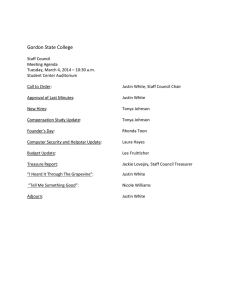
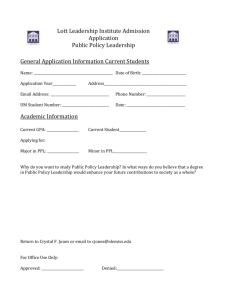
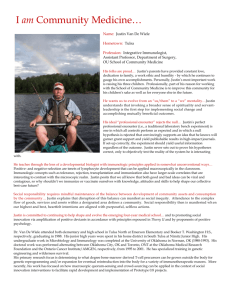
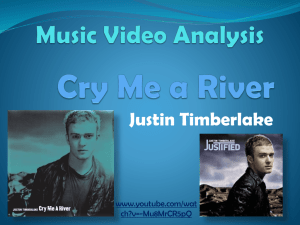
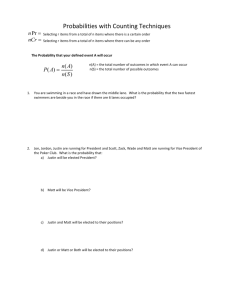
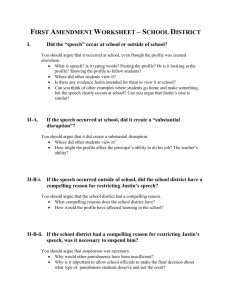

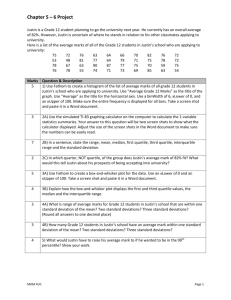

![The Irony of Love (122) [by Proud 86].](http://s3.studylib.net/store/data/007306595_1-aca9830606a408d7bdeb2a12d7258405-300x300.png)